Anyone for afternoon tea?
Business Model analysis for an experience company built for lock-down.
I’ve had time away from work this week. Great to spend downtime doing some reading, exploring with a two-year-old, running and generally hanging around.
Friday was my wife’s birthday, and during a Covid19 lockdown, she wasn’t able to celebrate as she would like. I arranged an online experience for her and her friends and thought it would be interesting to write up observations on the business model in use.
Disclaimer: This is a post about business model geekery that won’t appeal to everyone. It’s an experiment and please feel free to skip if you are wondering what on earth I’m writing about. See you in the next post :)
The afternoon tea experience
We are a year into lockdowns, restrictions and enforced separation from our family and friends. My wife and her friends enjoy afternoon tea. It’s a chance to dress up, go somewhere nice, to meet and talk over plates of sandwiches, cakes and scones. They would tell you that they drink tea out of posh cups, but there will be tall flutes of prosecco finished before the tea has brewed in reality.
What are the key elements of the experience?
To dress up
Go somewhere nice
Enjoy a shared experience involving prosecco, tea and fancy food.
Have time to talk and enjoy each others company
Can this be easily replicated with a remote experience? Is there a market for this business once lockdown has ended? What are the fundamentals of the business?
It turns out; it’s a great opportunity to practice on the Business Model Canvas and to think about how dependant this business is on its logistics channels. If the customer has a bad experience, how do they differentiate between the supplier and the distributor?
My consumer experience
A few weeks before the event, I went shopping online for afternoon tea companies to deliver nationally. I wanted to send something to ladies in London, Manchester, Brighton, Exeter and Edinburgh, and everyone to have the same experience.
I searched Google and clicked around the first couple of links that I saw to find the right combination of product, price, ability to deliver, and good reviews. I double-checked my choice of company to search for negative reviews and then called the number to make the booking over the phone.
Afternoon tea involves delicate sandwiches that definitely lose quality if there is a long duration between making and eating the food. I wanted to ask the supplier whether I should arrange delivery the day before the event or on the day.
We exchanged emails a few times to get the details right, and I completed the booking online. The booking meant paying for the afternoon tea and then paying for the Royal Mail 1 pm guaranteed delivery service.
Let’s pause for a moment to appreciate what’s involved here. The business owner is taking responsibility for the success of an event that is very dependant on his product. He’s committed to create afternoon tea, to ship it around the country and make the promise of it arriving undamaged, fresh and ready to eat.
On the day there is obviously some nervousness about the 11 deliveries to different parts of the country. Afternoon tea was arranged for 2 pm using Zoom. As some of the ladies said, “this is the first time I’ve put lipstick on for months”.
What were the results? 9 of the afternoon teas were delivered on time and in great condition. 1 arrived looking like it had been delivered by failed parachute. 1 was missing in action altogether, and that lady had to scramble to make her own food.
81% total success rate
9% partial success rate
9% failure rate
The Business Model
We can project what we know onto the right-hand Value Delivery side of the Business Model Canvas and then make some educated guesses about the left-hand Value Creation side.
The Value Proposition exists to be sold to Customer Segments. The business establishes Channels to reach the customer and then supports the customer through Customer Relationships to ensure customer success and happiness.
The top statement in the Value Proposition box looks correct but is very functional. I don’t think any customers set out on their journey to have thinly sliced sandwiches shipped via Royal Mail. They want the lower box description: To create a shared experience with friends over afternoon tea.
This is an e-commerce business model that sells through a website. Customers are acquired through paid search keywords (there is a high CAC - Customer Acquisition Cost), and the final decision is made on which service the customer will purchase.
It’s hard to differentiate based on product - afternoon tea is easy to replicate… and the distribution method is using a commodity service (The Royal Mail), so the Unique Selling Proposition has to be about confidence and risk. Do you believe the afternoon tea will arrive on time and in perfect condition? This is a business all about execution with a commodity product.
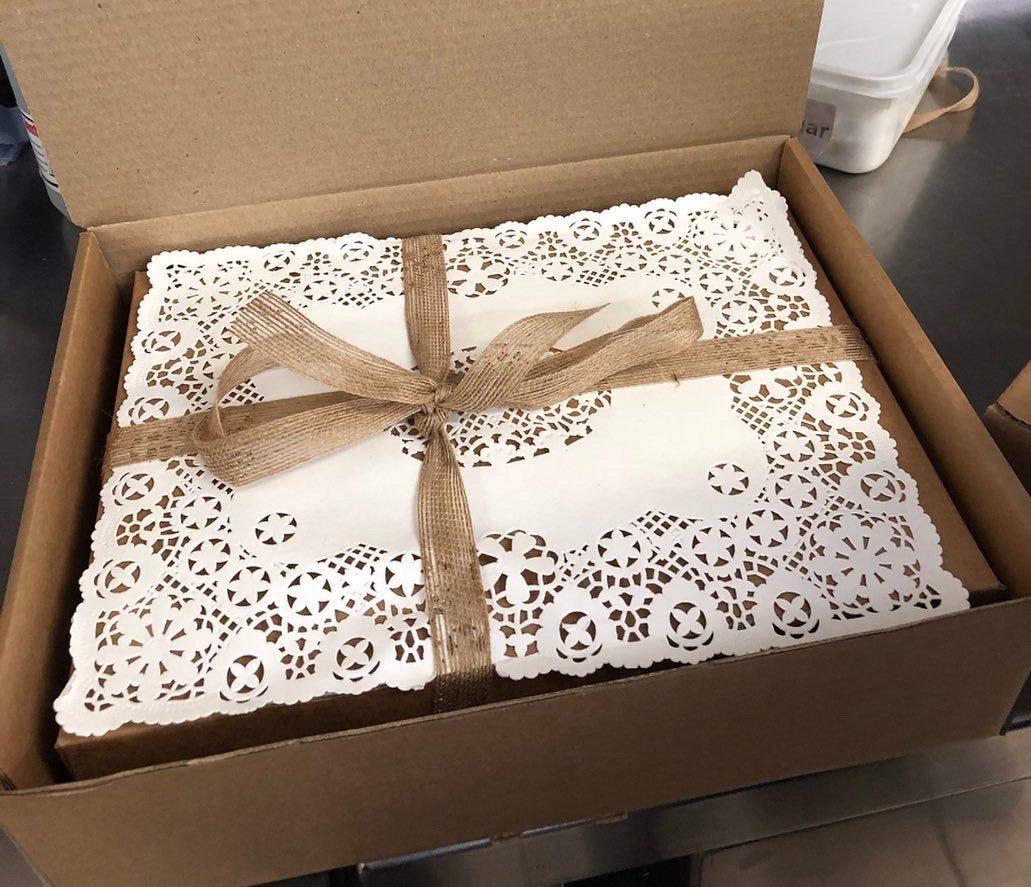
Specifying Customer Segments is important. This service is no competitor to Deliveroo or Uber Eats as a food delivery company. Afternoon tea (sandwiches, cakes and scones) could easily be made at home for a fraction of the cost. The target market is females (a contentious statement? Comments below) arranging an online event.
Without Zoom and having the ability to chat with each other, it would be an incomplete experience (“We each ordered afternoon tea and ate it silently at home??” - wouldn’t work). The business is about a promise of a shared experience based around eating the same food, whilst enjoying a conversation.
Value Creation
The left side of the Business Model canvas deals with how value is created for the customer.
This is a business that would be incredibly easy to replicate. There is no proprietary knowledge to create the product, and the ingredients to do so can be purchased literally anywhere. There is some innovation in the packaging - the box was reinforced and would take some rough treatment, but not the punishment given to one partially successful delivery.
The Key Resources needed to run the business are producing the product and the ability to dispatch the product to the Royal Mail service at the end of each day to make the 1 pm delivery slot.
You can find customers online by purchasing search keywords for “afternoon tea delivery”. As you would expect your average order to be multiple items, you can divide the Customer Acquisition Costs. (Would anyone order this just for themselves?)
The most important part of the Business Model
Key Partners is an interesting part of the Business Model. Customer Success is defined as receiving the product in perfect condition before the time you’ve arranged to meet online.
The logistics of delivery is as important as food production, but the company has to outsource this major component to a partner.
Imagine you buy something online from any other retailer - Let’s imagine a lamp for your front room. After you order you find that Royal Mail delivers the lamp late, or broken. You can easily separate the retailer from the deliverer. (Sure, you’ll ask for a refund from the retailer, but you know who to blame, right?)
With afternoon tea, there isn’t the same separation of duties. The product promise is that the company will take care of food production and delivery in perfect condition and at the right time. Outsourcing delivery is a huge risk to customer satisfaction.
The company doesn’t own any capability to deliver the product across the country. If it did, each portion's cost would rocket, or it could only appeal to a smaller market size servicing just London, for example. By advertising they could deliver from Edinburgh to London to Exeter, they won my business, but without guarantee success.
Cost and Revenue structure
Let’s finish off the Business Model Canvas with the Cost Structure and Revenue Structure (shown below with the completed canvas)
One portion of afternoon tea costs £18.95 plus the delivery charge. It’s a premium (but if you’ve ever been for afternoon tea in a cafe, it’s never cheap). It definitely confirms that the Customer Segment is planning a special occasion rather than needing to eat sandwiches and scones.
The Cost Structure is easy to predict. Running an e-commerce website, including online payments. Purchasing raw ingredients and decent packaging. Staff costs to make the product and take it to the Royal Mail. Money to Google for Customer Acquisition costs. And of course, you need to factor in that 20% of your orders might result in a refund.
Letting the company owner know about the delivery resulted in an immediate offer of a refund, which I hope was factored into his model.
Is this a good business model? It seems so to me - it serves a customer need with a good product. I think it would be profitable with decent margins but is totally dependant on a (sometimes) unreliable partner.
And… why did I write all of this up? :)
Business Model geekery is a good skill to build for anyone interested in serving their customers better.
As always, please help me with a conversation in the comments, talk to me about the finer points of afternoon tea, where I’ve gone with my analysis or thoughts that you had reading today’s article.


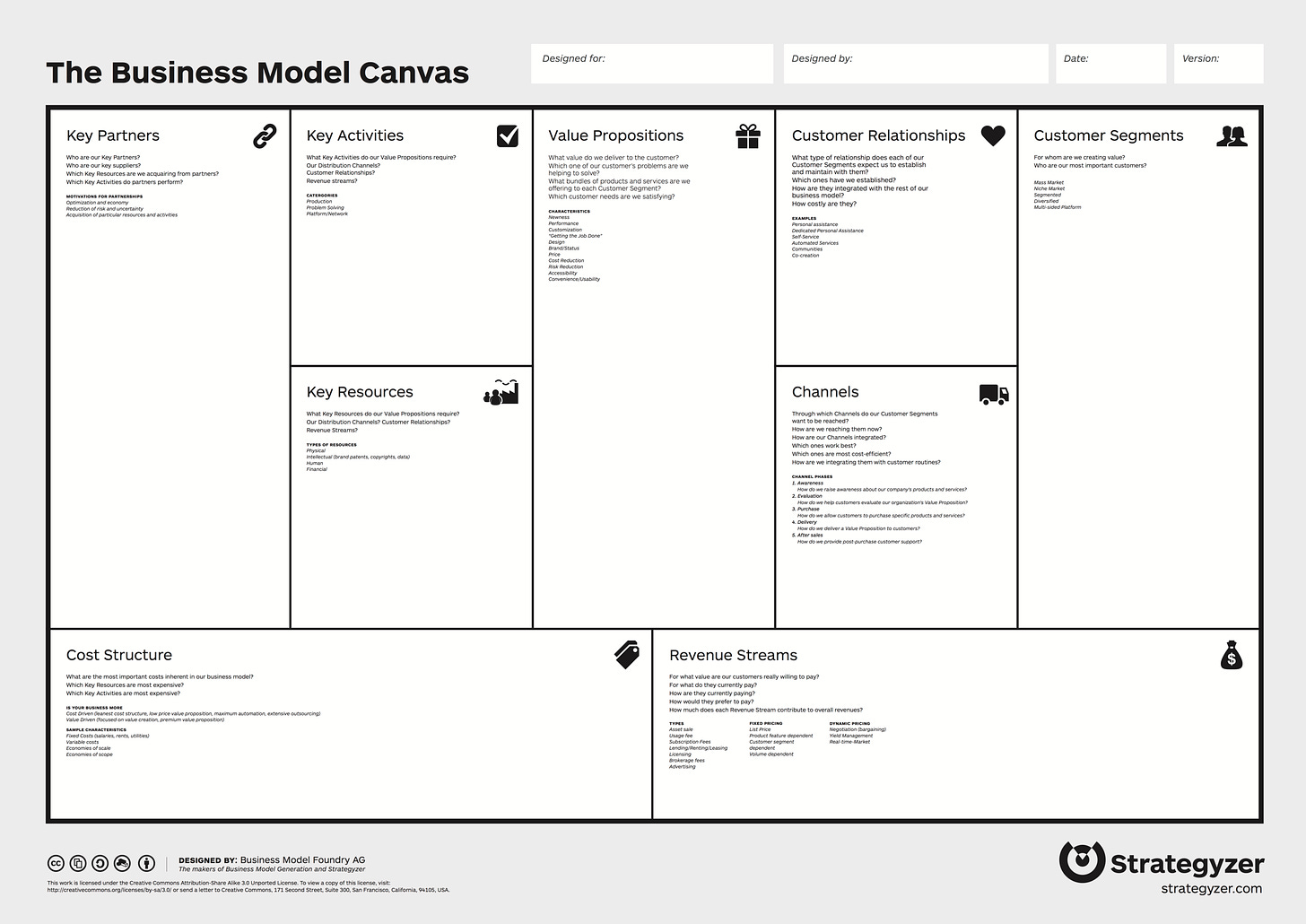
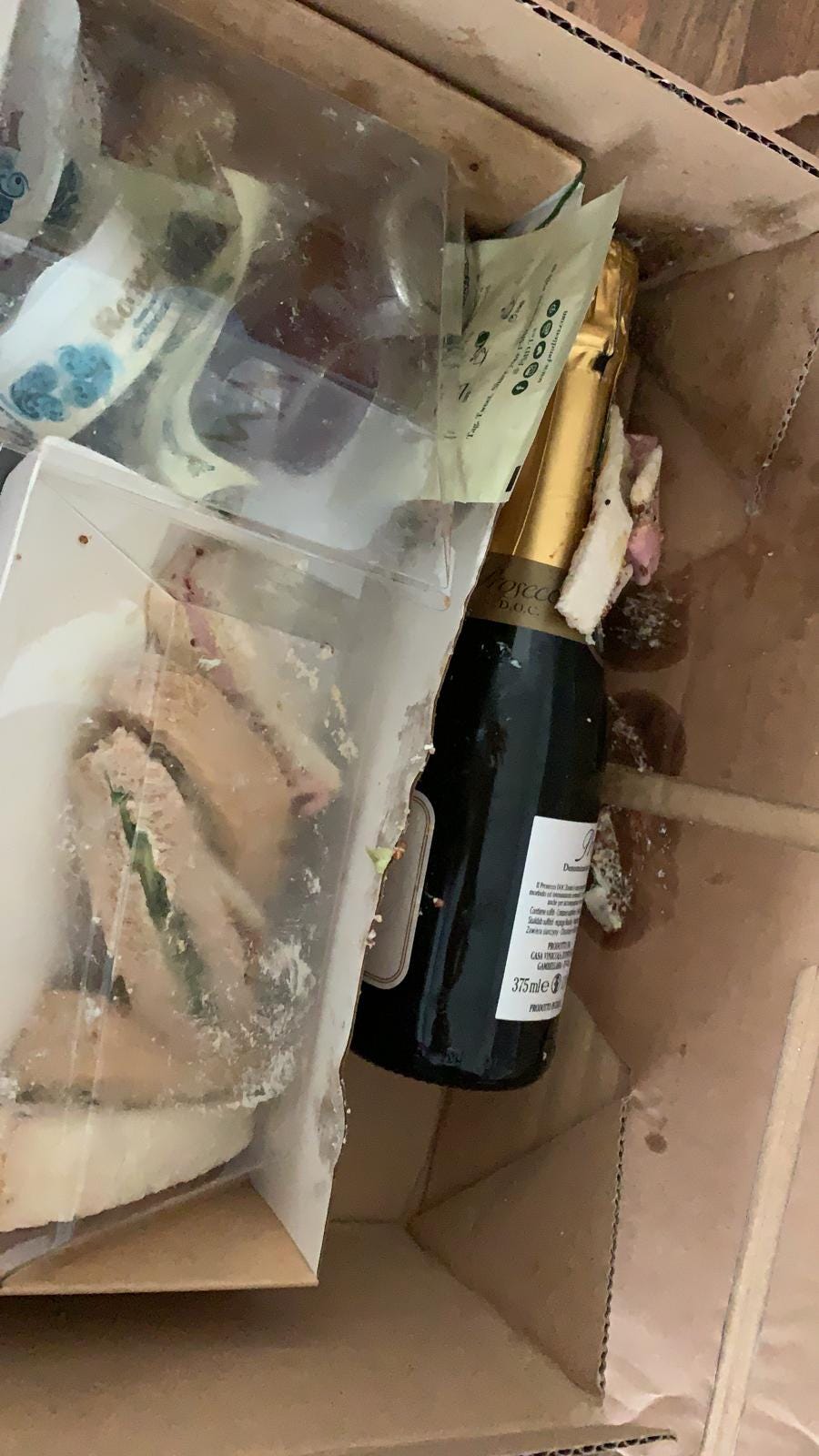
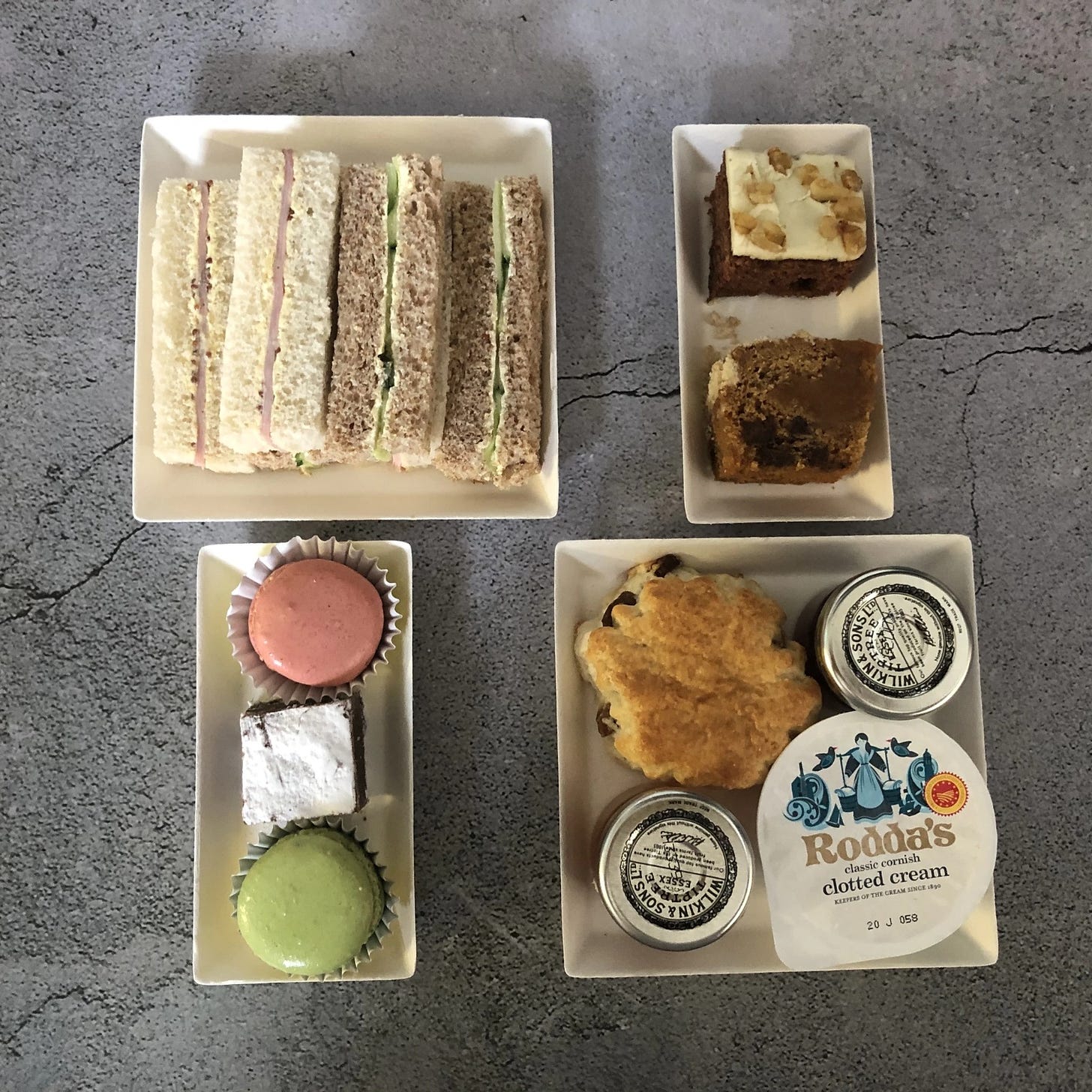
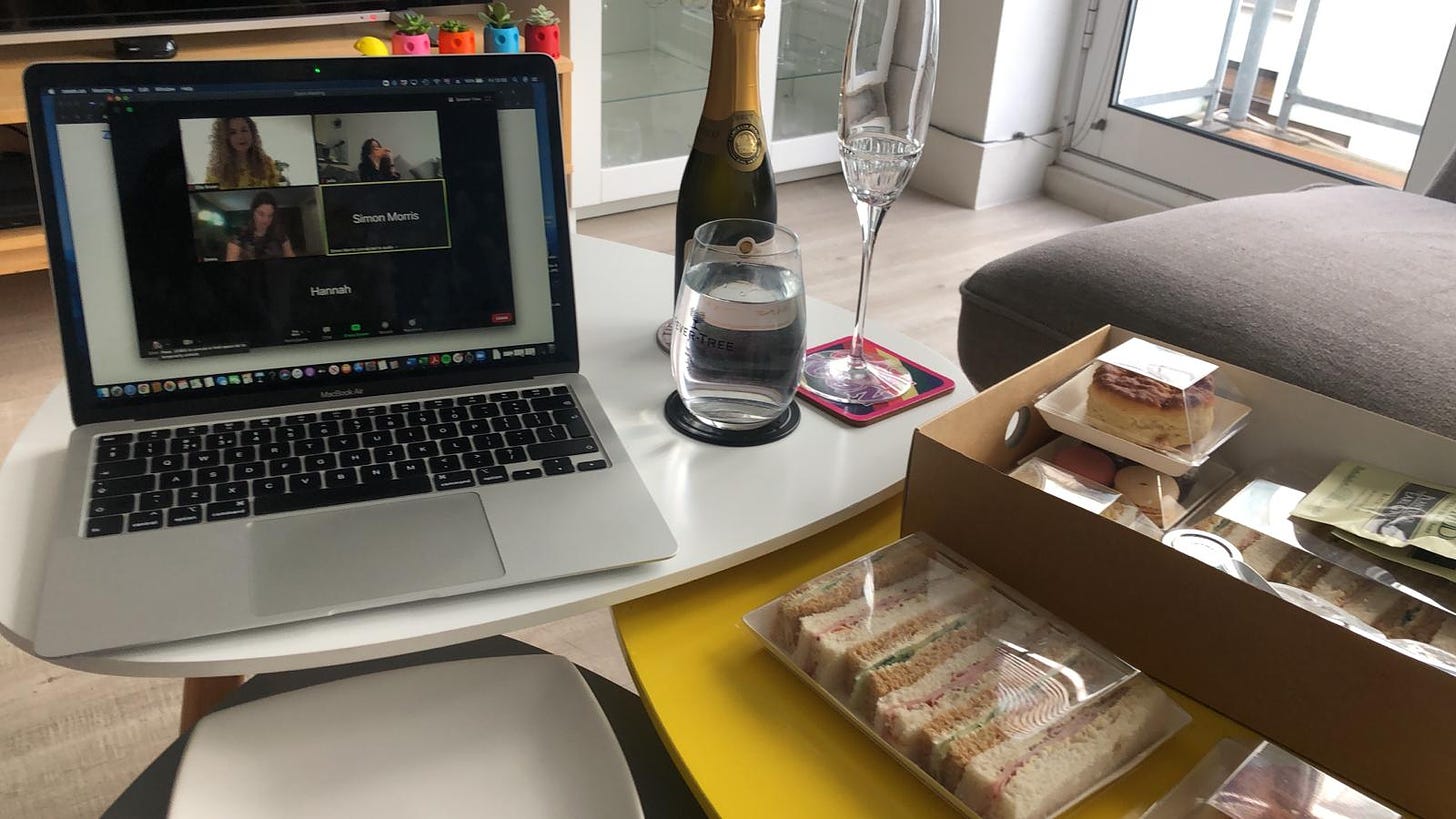
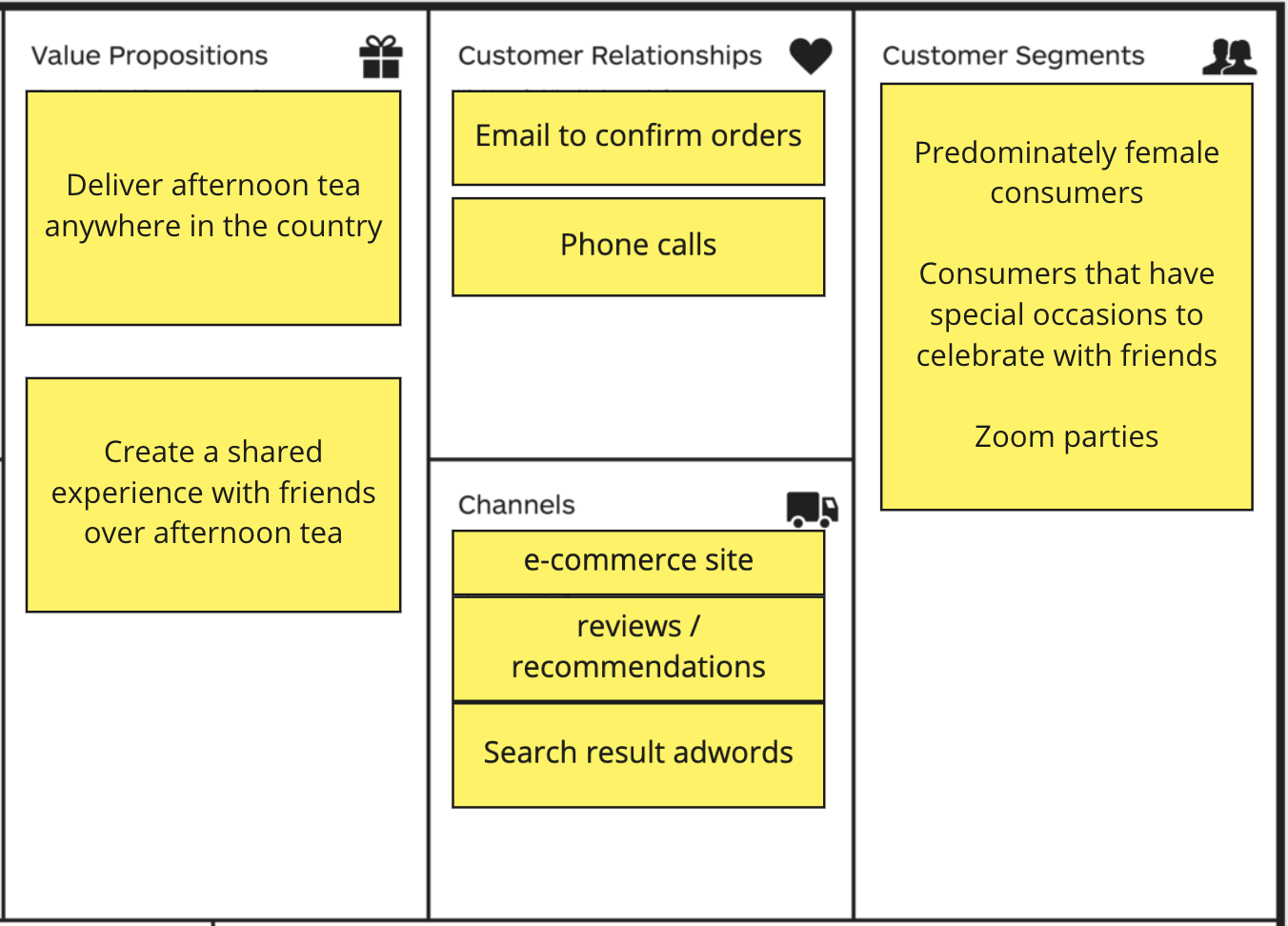
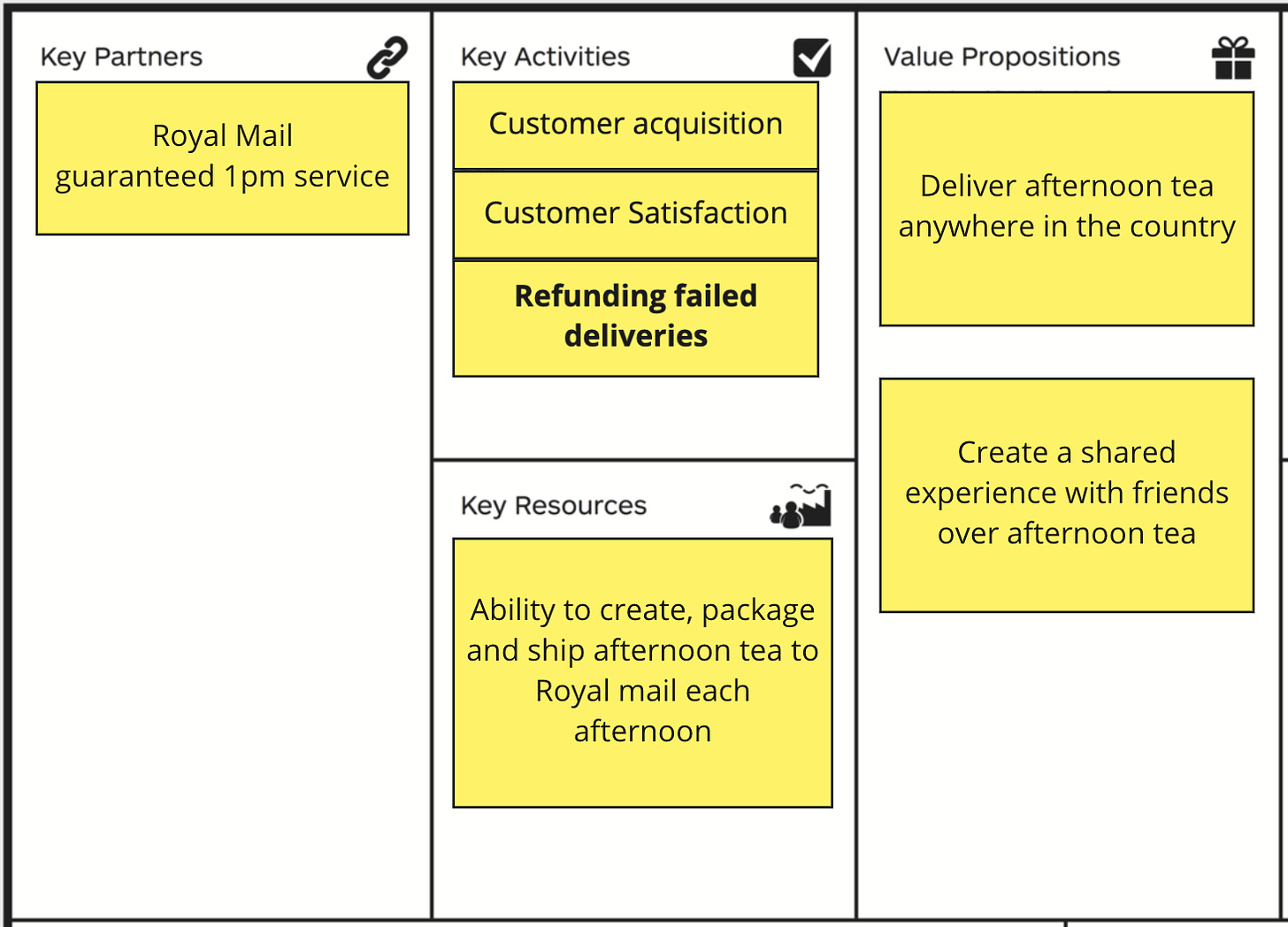
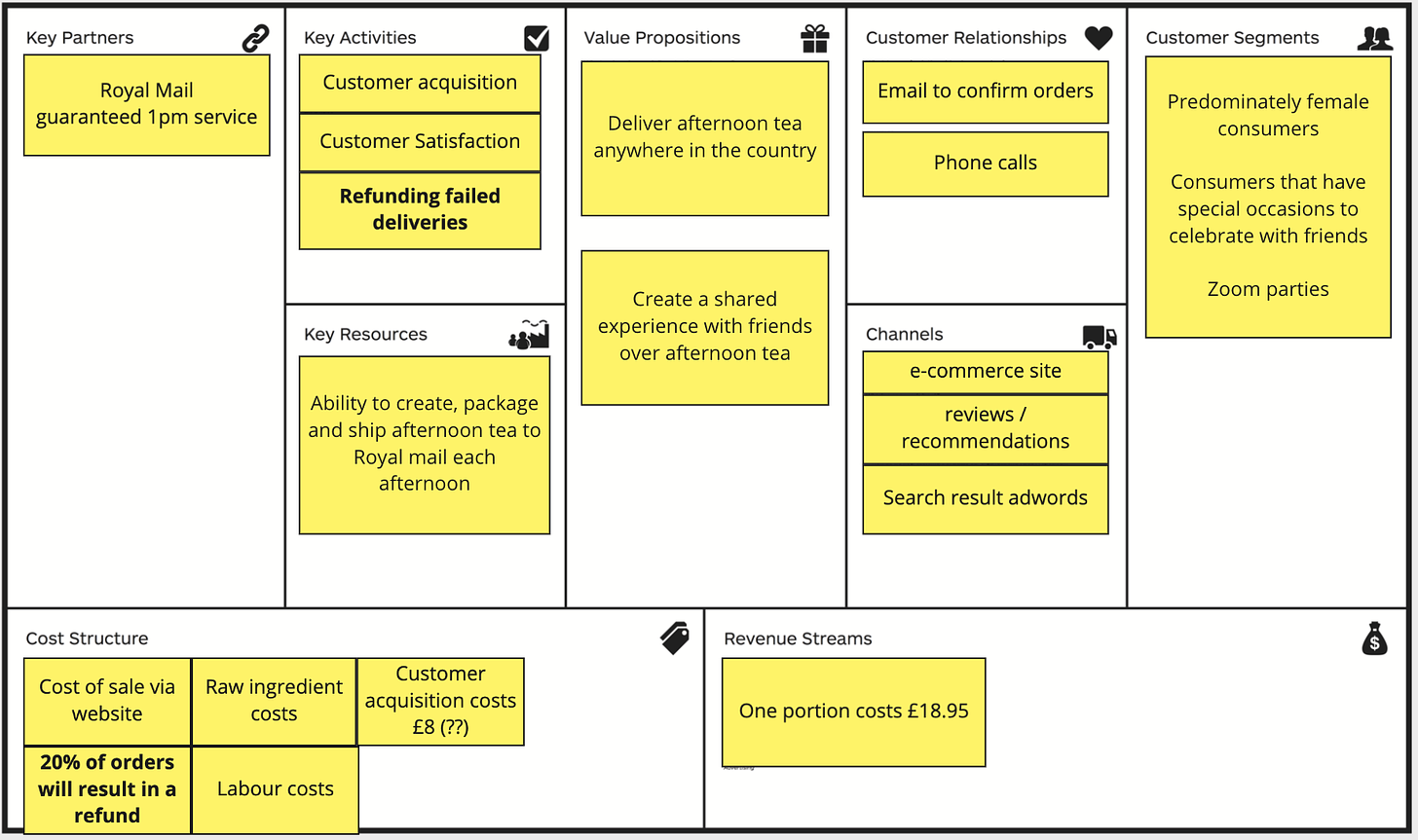
Nice one; I will zoom in to the logistics; and more a brick and mortar example but this example is about keeping your product intact from production to delivery; An ice-cream maker has a unique recipe. The outlets are limited but they want to ensure you have the same experience wherever you go. This specific company packaged the ice-cream with dry ice and opened an outlet near by the coach terminal. Anybody off to their summer cottage did a last minute purchase; travelled with the ice-cream overnight; surprised the people waiting at the cottage and shared the delicious ice-cream. This ice-cream is eaten with a fork and knife by the way. Preserving the state is essential. I think that really is why book delivery has been the breeding ground of e-commerce. Considerably small impact of the logistics. An afternoon tea...Let's find something to pitch at Fortnum and Maison; Otherwise they may not exist in a few years.
How did you choose the ladies for this first test?